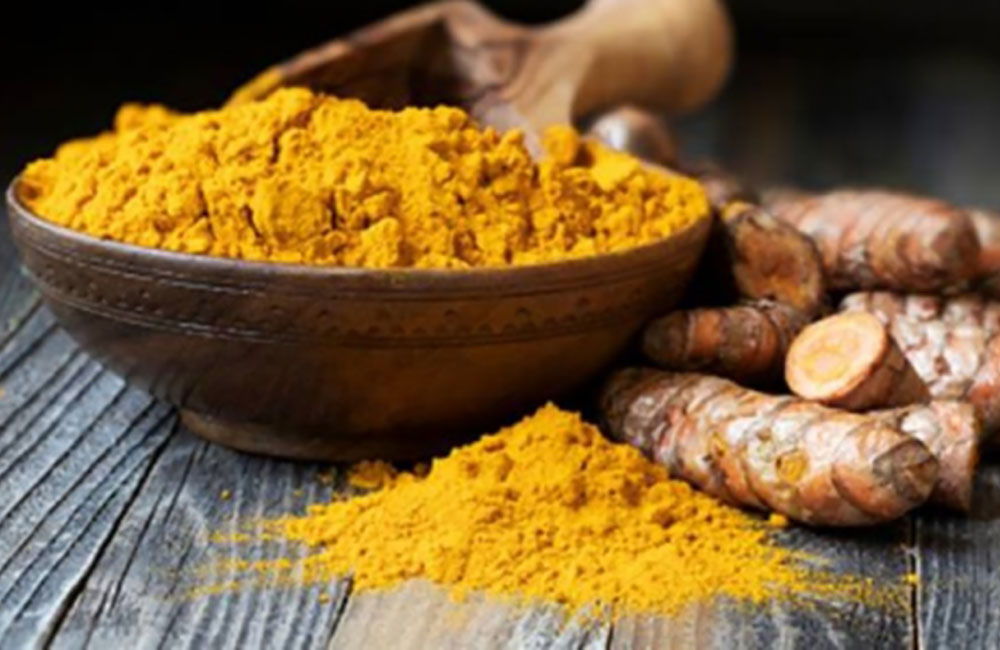After government restricted imports, spice is being sold for five times the capped price in the black market.
A shortage of turmeric, a key ingredient in Sri Lankan cuisine, has sparked concern among consumers about supply amid soaring costs in recent months, after the government decided to restrict imports in the wake of the global coronavirus pandemic.
While the government has capped maximum retail price of turmeric powder at LKR 750 (about ₹295) a kg, traders point to a black market where the spice is sold for almost five times the price. The Sri Lankan Navy has also busted attempts to smuggle in turmeric by sea. Last week alone, authorities recovered nearly 1,500kg of dried turmeric in Norochcholai, some 150 km north of capital Colombo, on the island’s western coast.
Despite the shortage and reports of shooting prices, President Gotabaya Rajapaksa has said his government will not go back on its decision on import restriction. Addressing a Cabinet sub-committee on Cost of Living on Monday, Mr. Rajapaksa said even though the public faced difficulties for a “short period” of time, steps taken to “strengthen the rural economy and uplift the farming community cannot be reversed.” To control foreign exchange parity rates and to get rid of high debt burden on farmers, imports should be restricted, he said, according to a media statement issued by his office.
In April, a month after coronavirus (COVID-19) hit Sri Lanka, the government announced a ban on non-essential imports, to cope with the strain on the country’s foreign reserves as the country’s crucial export and remittances sectors were badly hit. Vowing to boost local production, President Rajapaksa said his government would focus on domestic agriculture.
Key source
According to importers in Sri Lanka, India is among their chief sources of turmeric imports, selling about 5,000 tonnes a year. With production in the island far from meeting the demand — an estimated 7,000 tonnes — consumers fear an acute shortage of turmeric in the coming months. Sri Lanka produces about 2,000 tonnes of processed or dehydrated turmeric a year, a report in the local weekend newspaper Sunday Times said.
The flavourful spice is used in everyday cooking in Sri Lanka, in a range of regional dishes from the hodi or sodhi (stew), a staple side dish with strong hoppers, hoppers and pittu, to dal, eaten with rice and curry. Further, following the pandemic, some have begun adding a pinch of turmeric to their daily cup of tea, citing “medicinal” properties it is believed to have.
Sri Lanka was in the past self-sufficient in turmeric cultivation but along the years, its production fell, according to W.M.W. Weerakoon, Director General of the Department of Agriculture. In his view, the current focus on local production is welcome as it shines the spotlight on local agriculture. But regaining self-sufficiency may take time. “In the case of turmeric, it will be early next year by the time our production grows enough to meet 60 to 80% of our demand,” he told The Hindu.
Meanwhile, importers and traders point to a growing black market where 1 kg turmeric is sold for LKR 4,500, despite the government’s price regulation.
A group of turmeric importers has also written to the President and the Prime Minister, seeking release of 1 million kg of turmeric, imported from India earlier, stuck at the Colombo Port, in order to ease the shortage at least temporarily. (The Hindu)

Leave your comments
Login to post a comment
Post comment as a guest